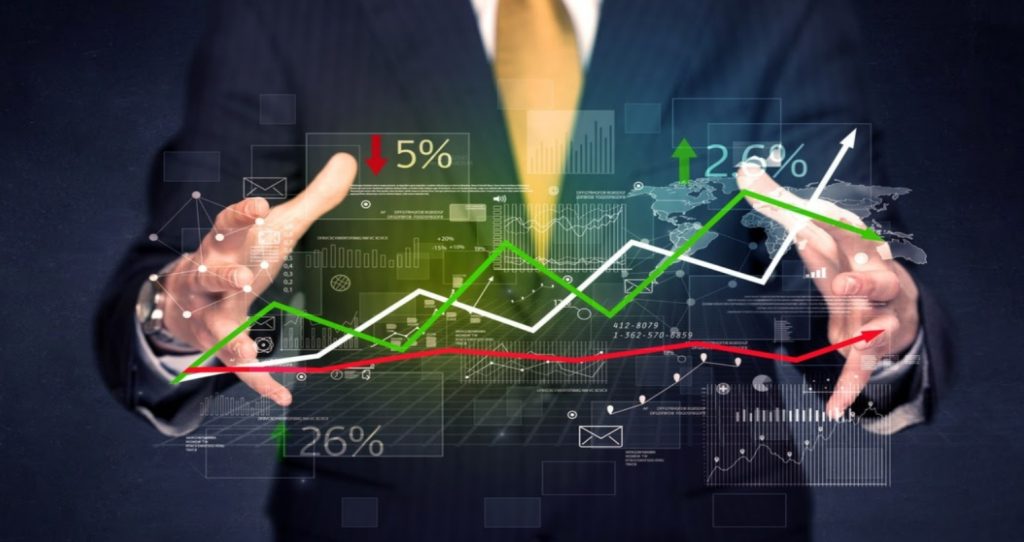Basically, volatility and liquidity are two factors that you need to consider when trading. They can help you make good profits or losses depending on your strategy.
Leverage
Using forex leverage is a great way to make money in the foreign exchange market. It gives you the opportunity to buy more currency, which increases your profits and also multiplies your losses. But before you use leverage, it’s important to know how it works and what risks it poses.
Leverage in the Forex market is a type of loan that a broker provides to a trader. The money is not deposited to the account of the trader, but it is used as collateral until the position is closed. The amount of the loan will change as the exchange rate changes.
When a trader uses leverage in the Forex market, he or she opens a position that is larger than the amount of money the trader has on hand. This increase in size allows the trader to profit from smaller movements in price.
Interest rate
Traders can predict interest rate changes by analyzing economic forecasts. They can also trade the markets using futures and options. They can invest in the Forex market by buying currency pairs. The exchange rates move because of central bank decisions.
The hunt for yield has led more investors to emerging countries. This has created a huge opportunity for economic growth in the emerging world, but it has also exposed these nations to large imbalances in current and fiscal accounts. The increased debt burdens of these nations have put a strain on their financial institutions. They are under increasing stress from rising rates and the risk of a credit default.
Traders can measure the impact of an interest rate change by measuring the TED spread, which is the difference between the London Interbank Offered Rate (LIBOR) and the risk-free T-Bill rate. This is a proxy for funding liquidity.
Political tensions
Various researchers have explored the impact of political risk on the global financial markets. Some have looked at early warning signs. Others have studied the impact of micro and macro governance. Some have even considered the impact of terrorist attacks on the stability of the economy. Regardless of the subject matter, it is clear that political risk is a major challenge for many economies.
One study has analyzed the effect of political risk on foreign currency demand in Zimbabwe. The study was designed to measure the short and long term impact of political risk on the forex market. In addition, the researcher sought to determine whether the main findings were robust to different dependent variable measures. The results reveal that while political risk is not as a whole a significant driver of demand, it does play a key role in the direction of the supply curve.
Domestic shocks
Several events, such as wars and natural disasters, can affect Forex volatility. In addition, global shocks can also affect market volatility.
The paper analyzes the effect of an external shock on domestic variables, including the US Dollar Real Exchange Rate (RER), the level of activity, and the domestic interest rate. It also examines the relative effects of various external shocks on each of these variables.
The study uses a monthly frequency to cover the period from 1994 to 1999. For each country, the paper estimates a Vector Autoregression (VAR) model and calculates the economic activity index. It then measures the effect of the most important external shock on each of the domestic variables.
The results suggest that the real exchange rate is more likely to respond to an unexpected monetary-policy shock. This effect is especially pronounced in the short term, although the response is not symmetric.
Candlestick chart structureF
Using candlestick charts can help traders learn about the market. They can also be used in conjunction with other technical analysis indicators to help determine the trend.
Candlesticks have been used by investors and traders for centuries. Whether you’re using them for short-term day trading or long-term position trading, it’s important to understand the chart’s structure and the underlying trend.
The candlestick chart can also be a good way to identify resistance levels and areas of the market that are likely to fuel long positions. If a candlestick is followed by a series of price increases, it indicates that traders are likely to be buying. If a candlestick is followed by two or more declines, it may indicate that sellers are driving prices down.
If the chart shows a high price, the buyer is likely to be the majority. If the price rebounds off the initial high, it indicates that the bulls are taking control of the market.

